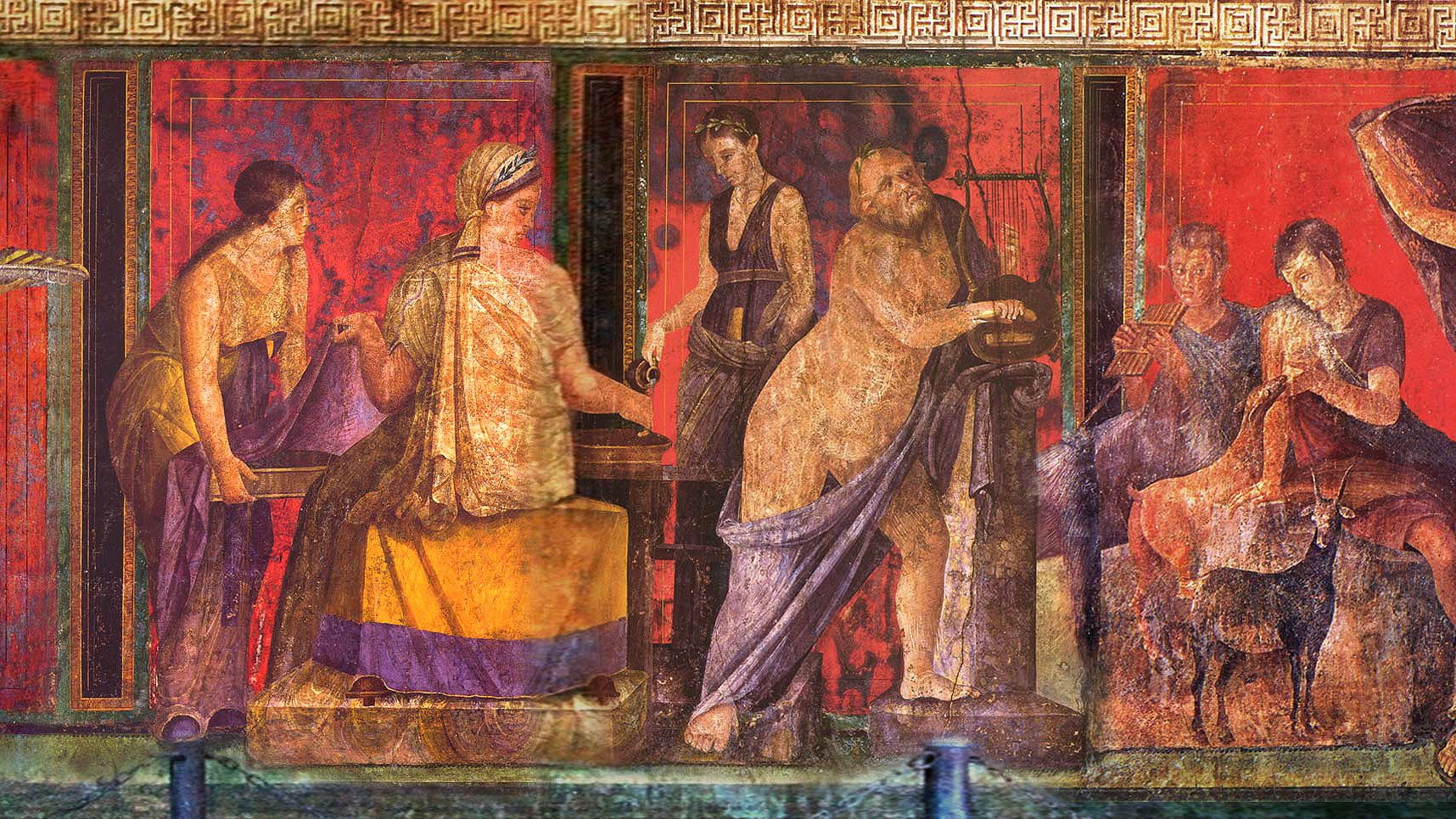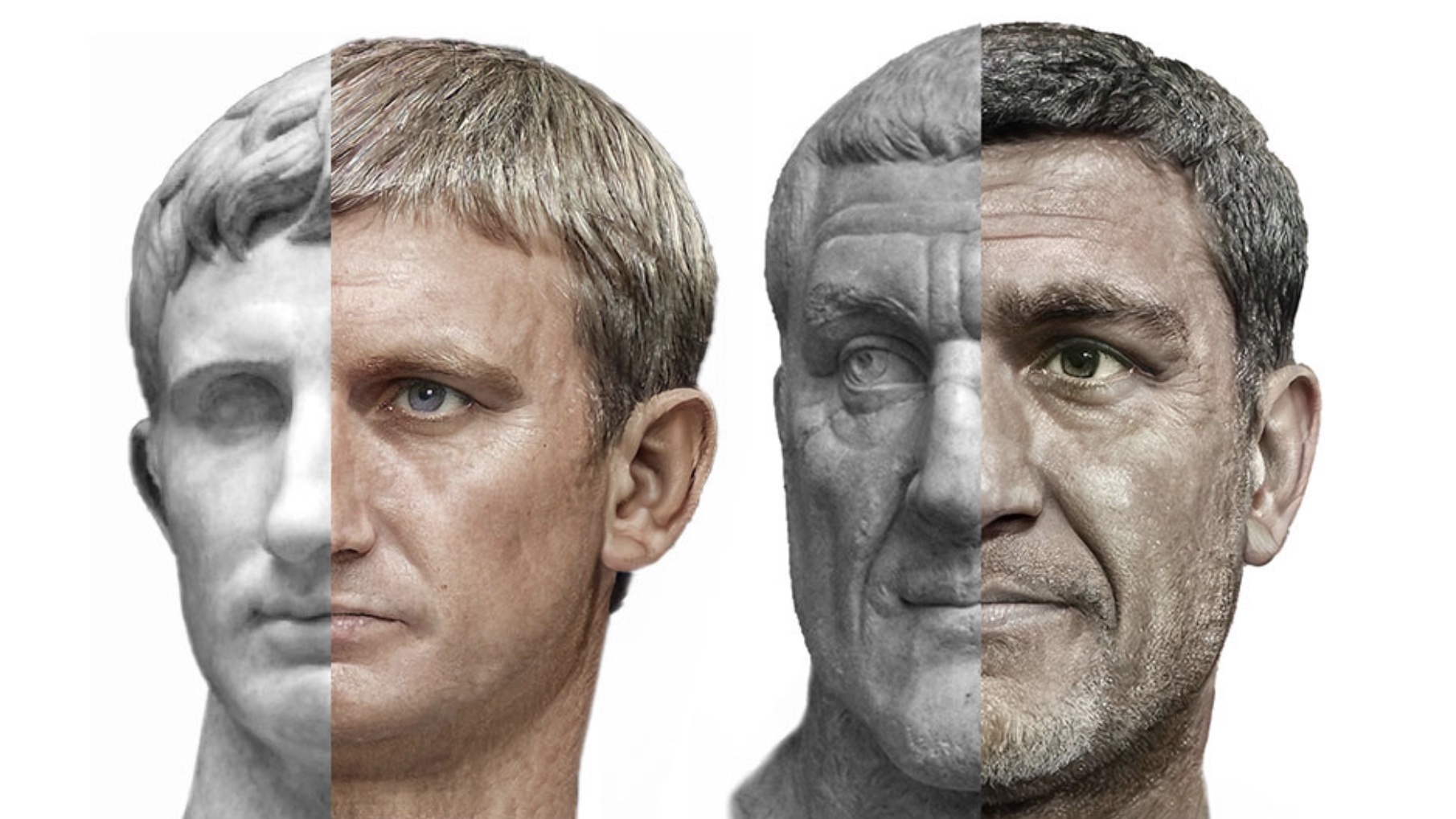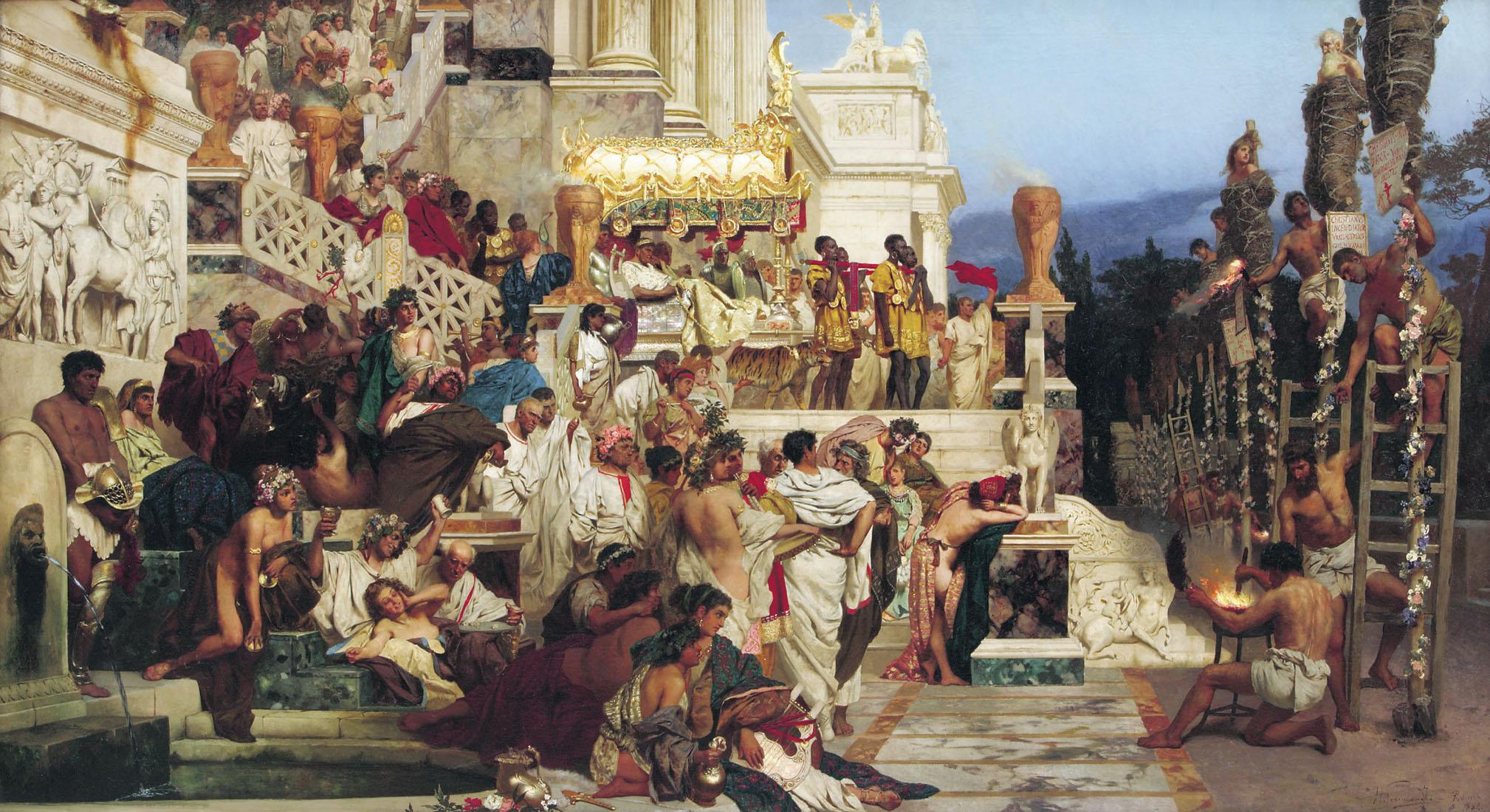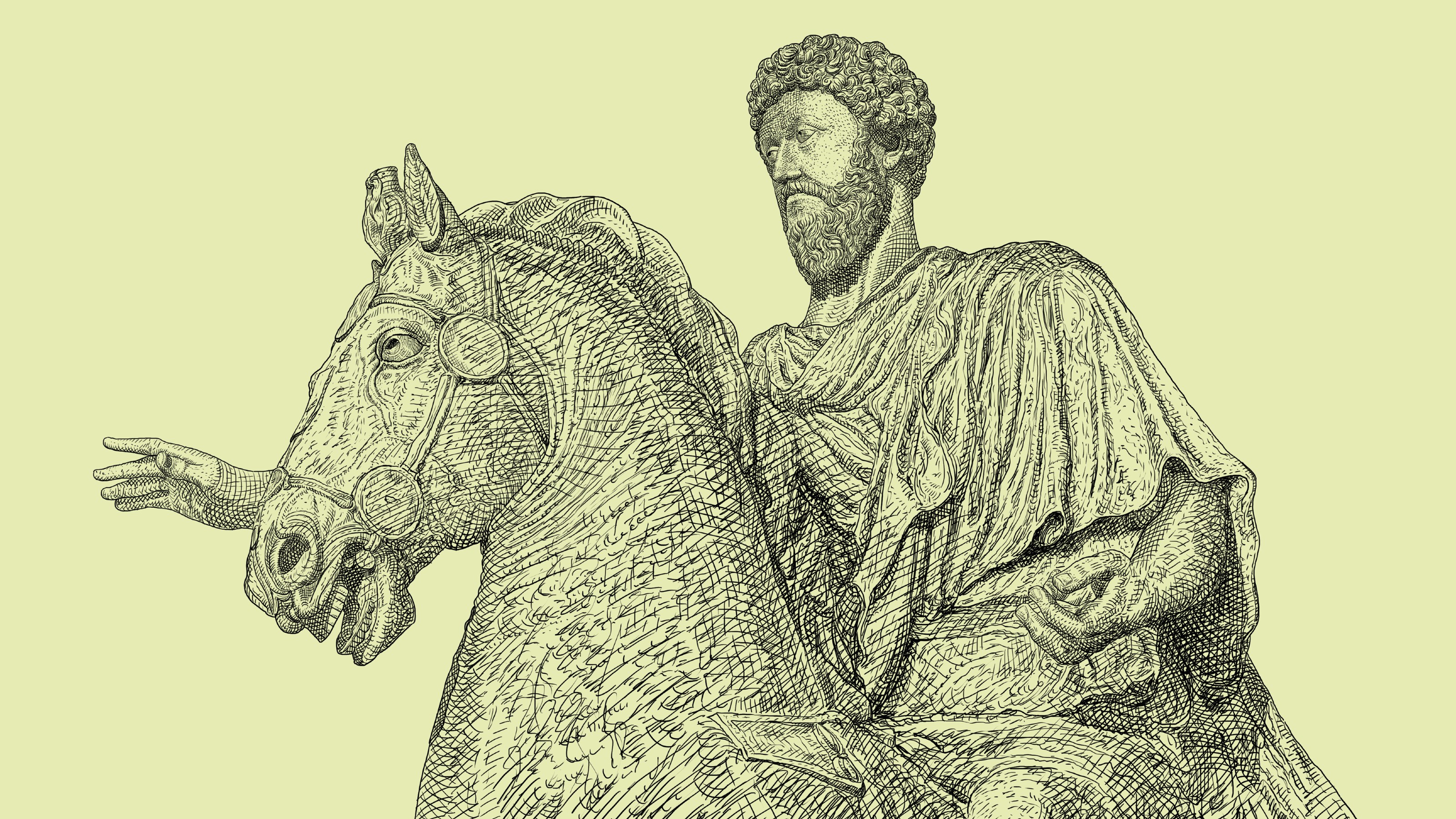Gladiators were the superstars of the Roman Empire

- Though cruel, the gladiatorial games of ancient Rome were well-organized.
- Gladiators were given a carb-heavy diet because body fat protected them from cut wounds.
- The philosopher Seneca praised the games because they highlighted lessons in Roman virtue.
Many educated Romans looked down on the gladiatorial games, and for good reason. The games were sadistic and excessive, promoting the senseless slaughter of able-bodied men and exotic animals alike. They preyed on the worst instincts of the lowest common denominator, and were more akin to war than athleticism or — Jupiter forbid — art.
The historian Michael Poliakoff excluded gladiatorial games from his 1987 book Combat Sports in the Ancient World: Competition, Violence and Culture, arguing that “a gladiator fighting to kill or disable his opponent and save himself in any manner possible is not participating in a sport but in a form of warfare or spectacle.”
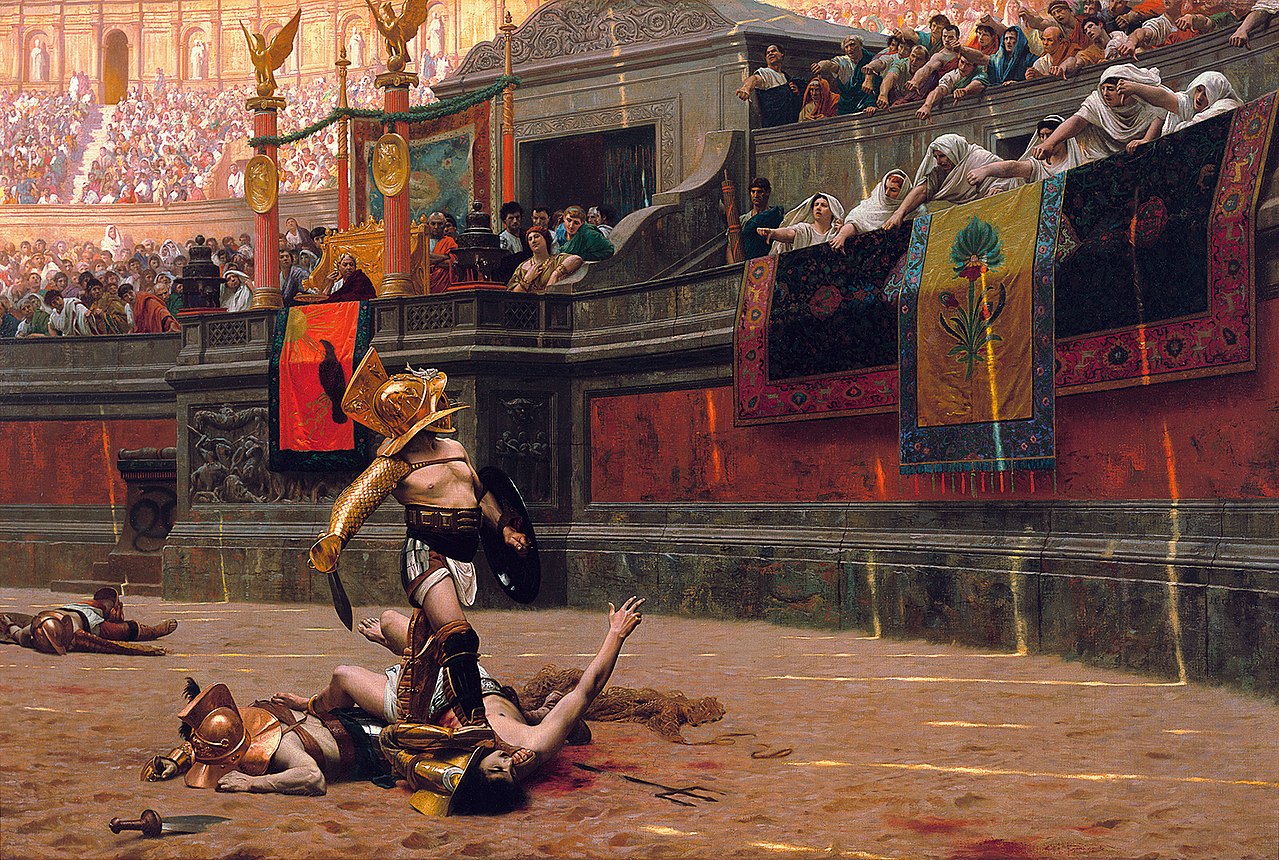
The Stoic philosopher Seneca fittingly refers to wealthy businessmen in charge of gladiator schools as “death’s middlemen.” He also describes the Colosseum as a prison, recalling how one day spectators watched a gladiator unexpectedly commit suicide by sticking his head between the spokes of the chariot as he was being escorted onto the field.
The terrible venationes, in which the Romans developed new and creative ways to kill off animals, reinforce Poliakoff’s argument. Emperor Trajan organized a venatio that lasted 120 days and saw the execution of 11,000 animals. Commodus, the son of philosopher-king Marcus Aurelius, used crescent-shaped arrows to decapitate ostriches. The list goes on.
Gladiator rules
These gory details notwithstanding, scholars can and have made some pretty convincing arguments for why the gladiatorial games should be considered a sport in the contemporary sense of the word. While most gladiators were slaves, these slaves spent years at gladiator schools and training camps, where they learned to perfect their craft.
On top of this, the games themselves were by no means the fight-for-your-life free-for-alls Poliakoff believes they were. In the Satyricon, a novel attributed to the Roman author Gaius Petronius, one of the characters complains that the gladiators he has come to see only know how to fight ad dictata, which roughly translates to “by the book.”
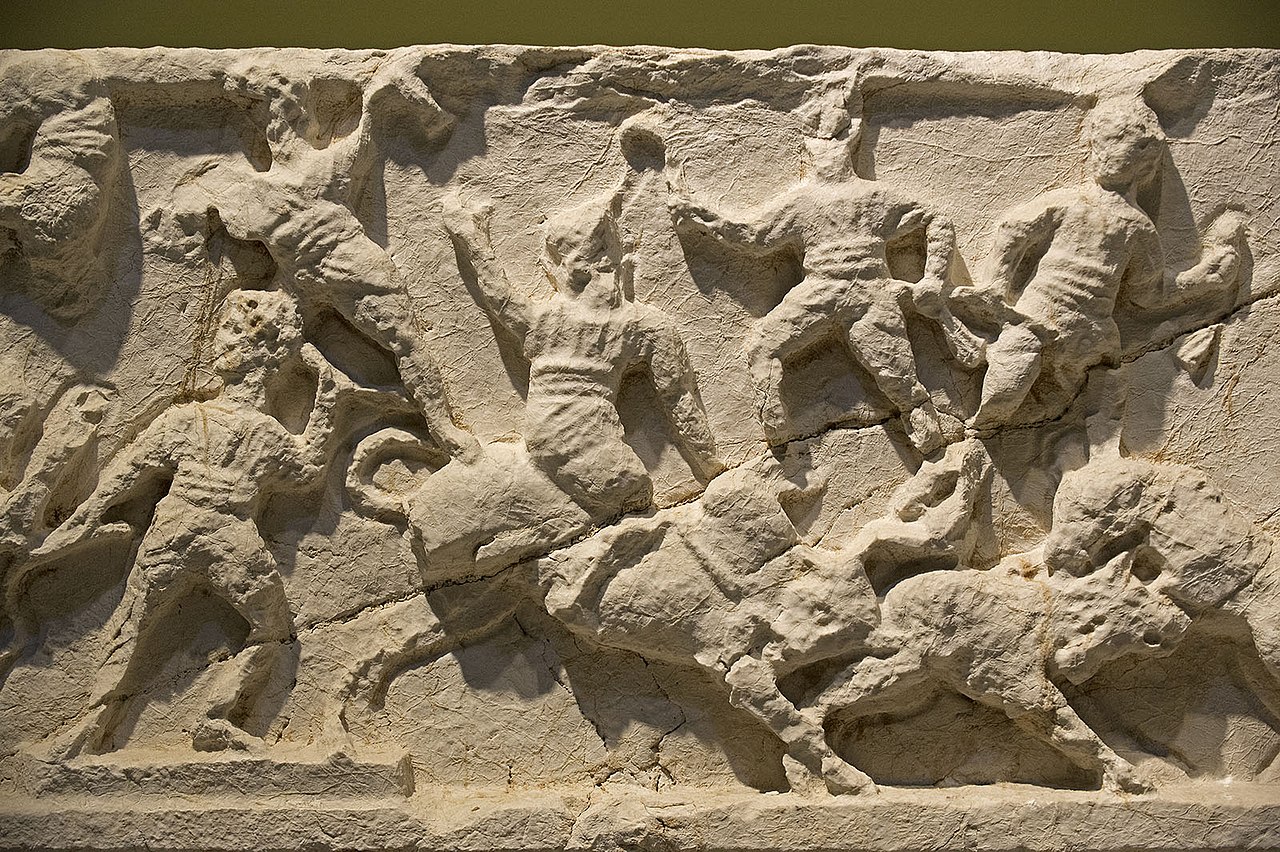
This suggests there was a book, and other historical documents attest as much. As the historian M.J. Carter states in his article “Gladiatorial Combat: The Rules of Engagement,” gladiators were “expected to fight the way they had been taught, since gladiatorial organization and instruction was specific to armament type.”
Secutores, gladiators armed with small daggers and large shields, were trained to fight other secutores, while hoplomachi, gladiators with heavy armor, were trained to fight other hoplomachi. This ensured that matchups were even; to pit a secutor against a hoplomachus would be like watching a volleyball player compete with a basketball player.
Pop stars of the ancient world
While gladiators stood at the bottom of Rome’s social hierarchy, the best among them were treated in the same way that professional athletes are today. Archaeologist Karl Grossschmidt, who learned about the lifestyle of gladiators by investigating their biological and material remains, went a step further, referring to them as the “pop stars of antiquity.”
Granted, the gladiatorial profession was dangerous, but it also came with several benefits. Whereas most Roman citizens died of illness, most gladiators lived in perfect health. Their superior medical care was complemented by a filling diet consisting of vegetables, beans, barley, legumes, and calcium supplement derived from wood or bone ash broths.
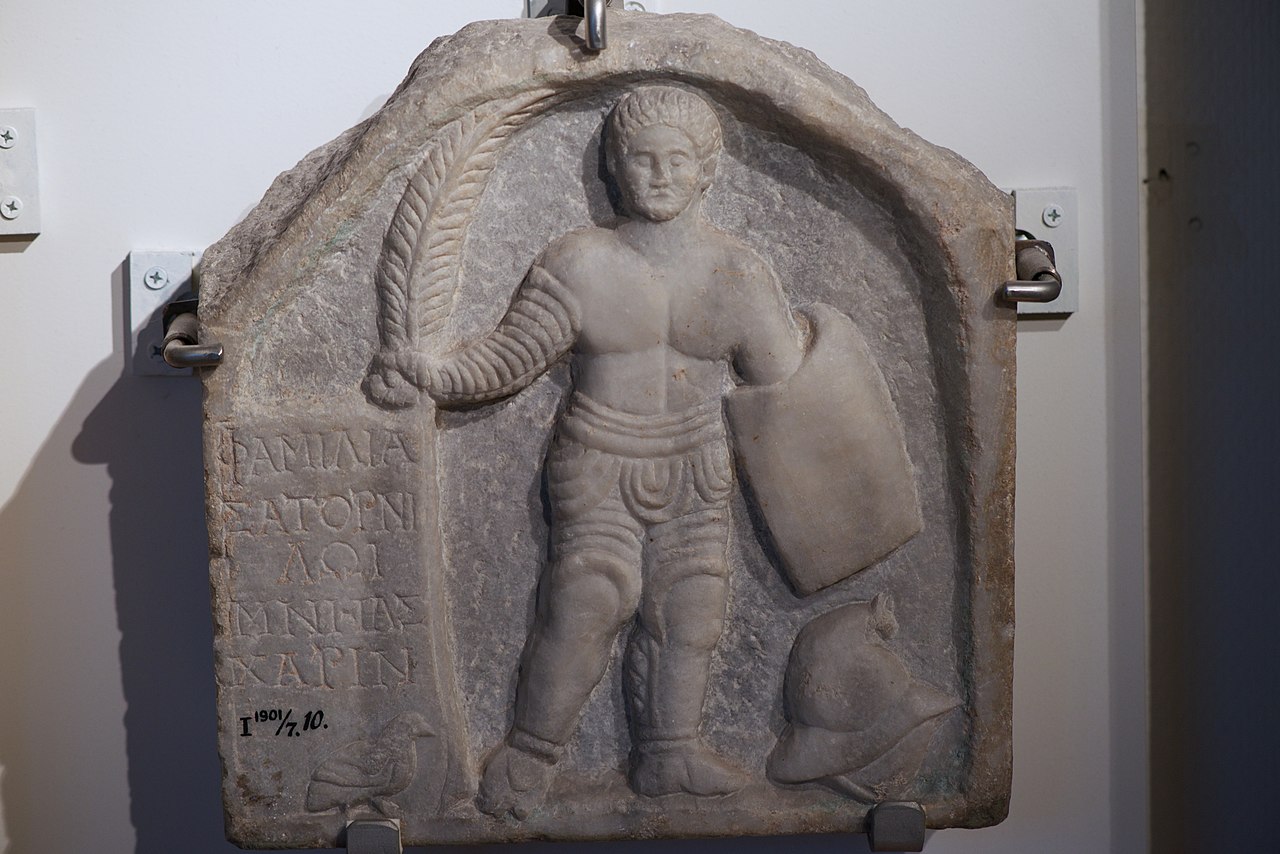
Plenty of carbs, though not a lot of animal or plant protein, was an intentional decision. For gladiators, musculature was less important than fat. “A fat cushion,” Grossschmidt explains to the journalist Andrew Curry in an article titled “The Gladiator Diet,” “protects you from cut wounds and shields nerves and blood vessels in a fight.”
Like modern celebrities, deceased gladiators received laudatory epithets recounting their achievements and qualities. Pointing to the sportsmanlike nature of the gladiatorial games, these epithets rarely included things like kill count. Instead, they mentioned occasions when gladiators spared or saved other fighters from death.
A different side of the Colosseum
During a time when women were barred from public life, the Colosseum was one of the few places in Rome where they appeared alongside men. Roman historians mention several female gladiators living under Nero as well as Domitian, and the poet Juvenal describes a gladiator school from the 2nd century AD that prided itself on training women.
The gladiatorial games appealed to plebians and patricians alike. Rome’s elites sat front row, in the shade and underneath contraptions that sprinkled them with water on especially hot days. They not only came to the Colosseum for entertainment, but also to conduct business, gather support for their political endeavors, and even to educate themselves on Roman virtue.
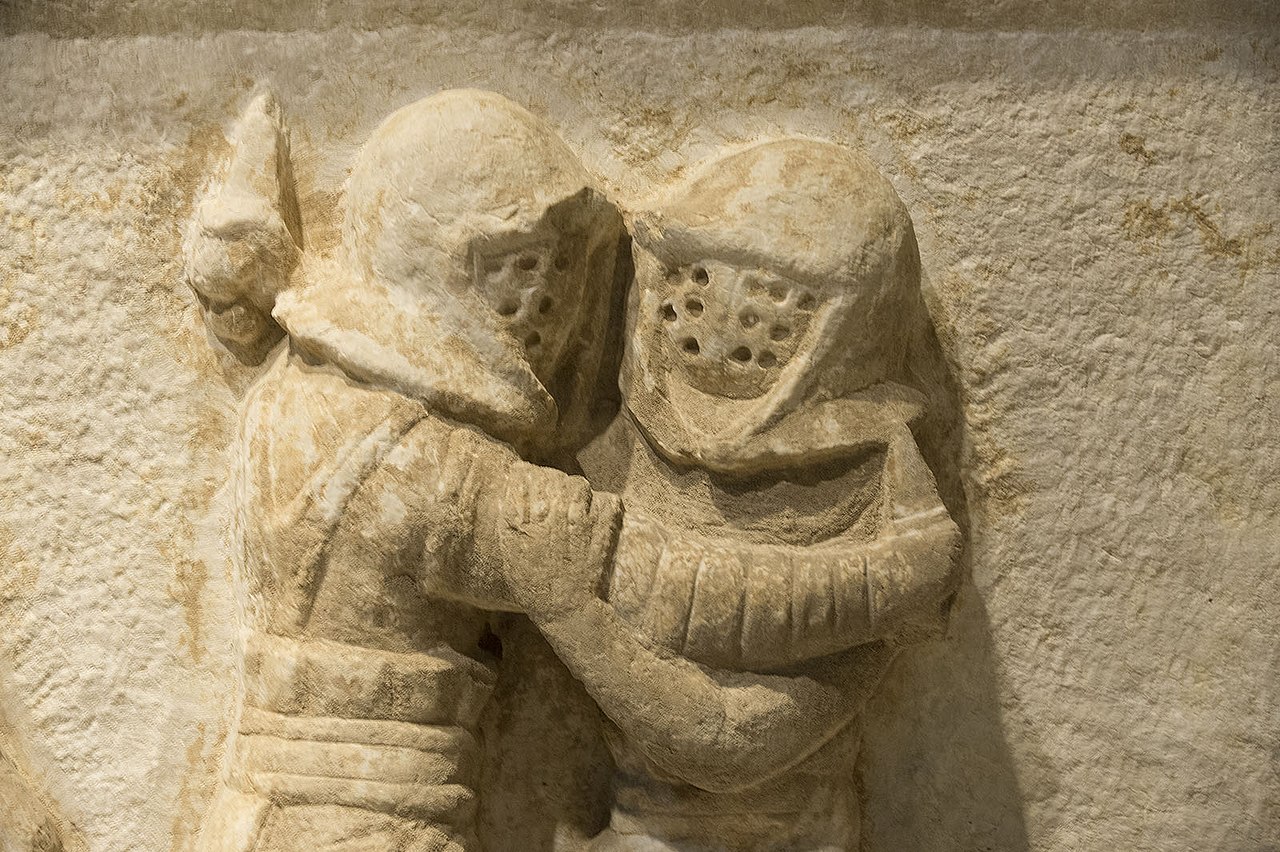
Grossschmidt says the gladiatorial games demonstrated all the qualities that turned ancient Rome into a superpower, including masculinity, discipline, and refusal to surrender in the face of death. In writing, Seneca compared the wise man to the gladiator because both men know how to control their feelings and remain clear-headed when times get tough.
As Pierre Cagniart reckons in his article “The Philosopher and the Gladiator,” “the ‘Roman games,’ more than any other institution, gave [Seneca] the opportunity to illustrate his moral and philosophical teachings.” He saw gladiators not as wild beasts tearing each other to shreds, but as brave and noble warriors that every citizen should strive to emulate.
